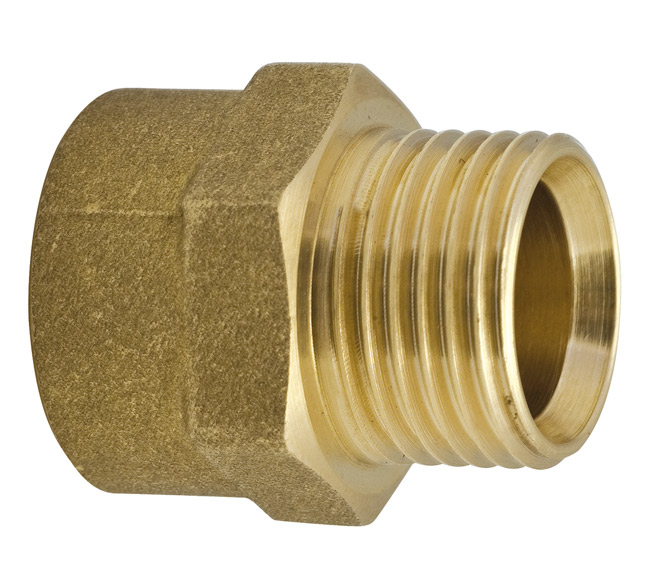Best production techniques for brass fittings.
From the forging to the machining of brass fittings in the Gnali Bocia S.r.l. plants

The production of brass fittings usually begins by hot forging semi machined products. This stage of the production requires a series of precautions that will guarantee a long life cycle to the installed parts, without giving any dezincification and breakage problems.
The cooling after the forging stage is carefully controlled so as to ensure the fittings a material structure that acts as a barrier against the generation and propagation of corrosion.
The brass fittings are then machined in the Gnali Bocia S.r.l. plants at Lumezzane, where the forged parts are transformed into the wide range of fittings needed for realizing plumbing and heating systems as well as in the GAS and LPG device industry.
The machining is achieved by turning the parts on the most modern transfer machining centres. This ensure measure accuracy and precision of the gas fittings, which are essential features to guarantee the user's safety, the product reliability as well as quick installation, which allows for competitive sale prices.
During its many years of activity, the company has been constantly aimed to achieve the best manufacturing and production methods, selecting the best materials for the manufacture of brass fittings and making investments oriented to the full satisfaction of its clients.
The technological expertise combined with a wide and full range of products create a perfect match to achieve an important position in the market.
The cooling after the forging stage is carefully controlled so as to ensure the fittings a material structure that acts as a barrier against the generation and propagation of corrosion.
The brass fittings are then machined in the Gnali Bocia S.r.l. plants at Lumezzane, where the forged parts are transformed into the wide range of fittings needed for realizing plumbing and heating systems as well as in the GAS and LPG device industry.
The machining is achieved by turning the parts on the most modern transfer machining centres. This ensure measure accuracy and precision of the gas fittings, which are essential features to guarantee the user's safety, the product reliability as well as quick installation, which allows for competitive sale prices.
During its many years of activity, the company has been constantly aimed to achieve the best manufacturing and production methods, selecting the best materials for the manufacture of brass fittings and making investments oriented to the full satisfaction of its clients.
The technological expertise combined with a wide and full range of products create a perfect match to achieve an important position in the market.
28/05/2014
I contenuti di questo sito non hanno carattere di periodicità e non rappresentano 'prodotto editoriale'.








